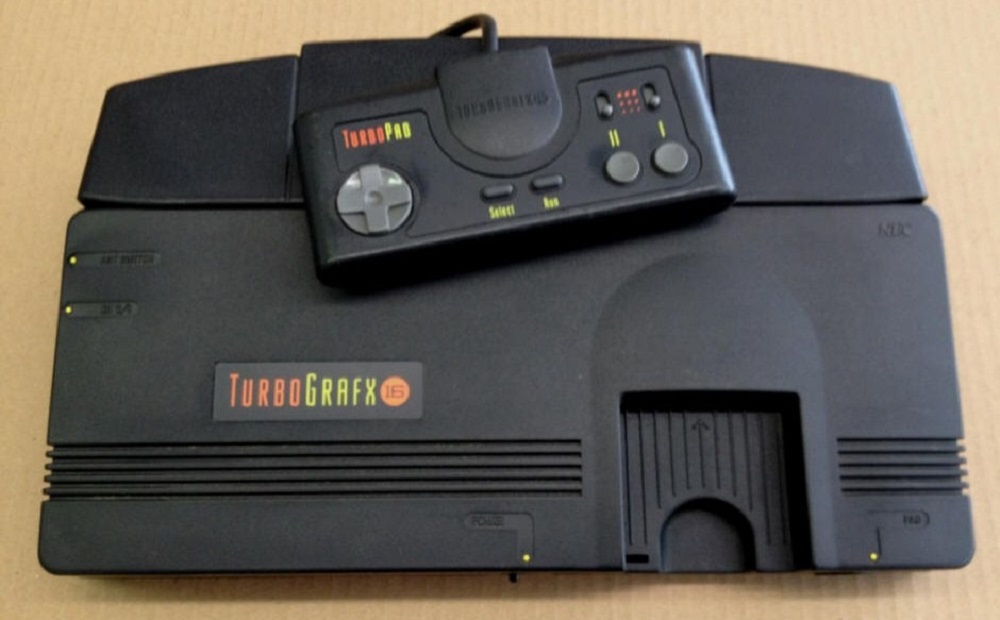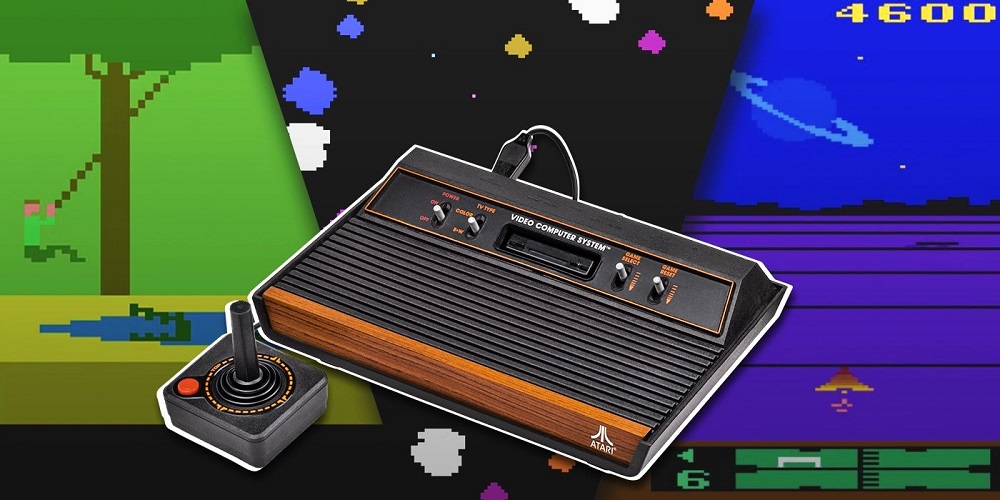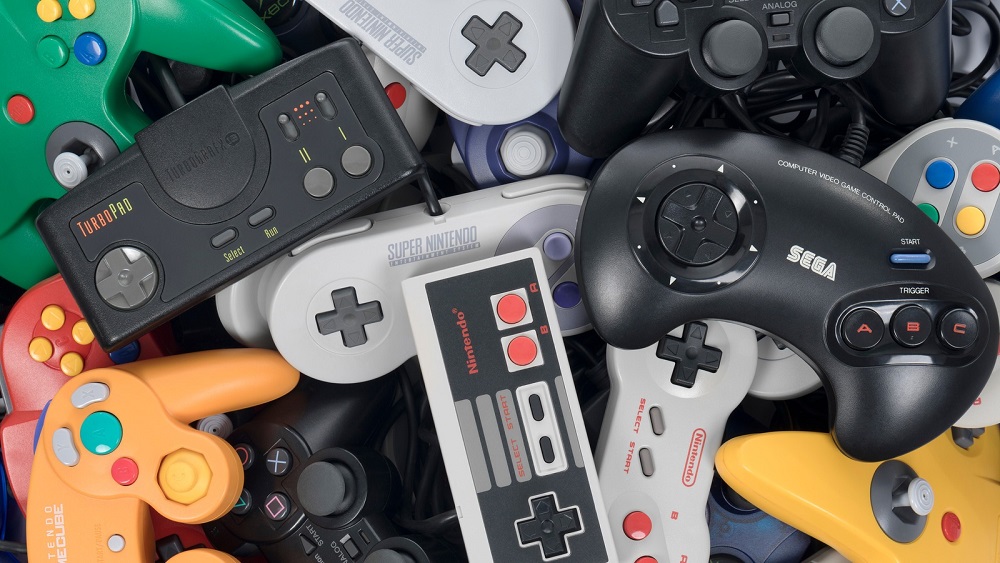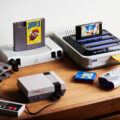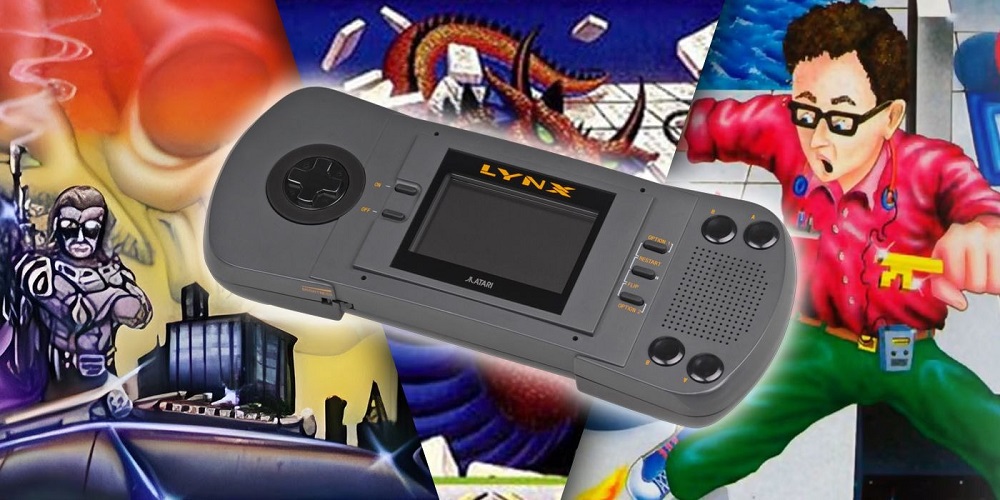When people talk about the great console wars of the late 80s and early 90s, the focus usually falls on Sega Genesis vs. Super Nintendo. Yet, in the shadows of this fierce rivalry stood another contender: the TurboGrafx-16, known in Japan as the PC Engine.
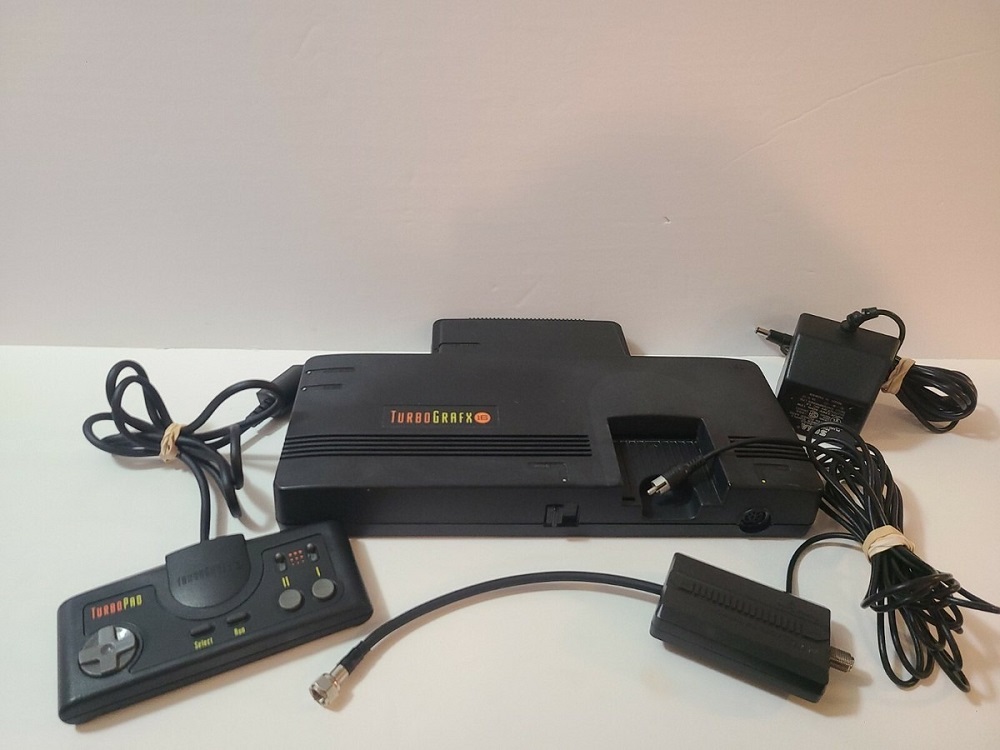
Launched in 1987 in Japan and 1989 in North America, the TurboGrafx-16 was technically innovative, stylish, and home to one of the best libraries of shoot-’em-ups in gaming history. Despite its strengths, it struggled to gain traction outside Japan, forever remembered as the underdog of the 16-bit era.
This article from Oldies Nest explores the rise and fall of the TurboGrafx-16, its strengths and weaknesses, and why it still matters in retro gaming culture today.
The Birth of the PC Engine
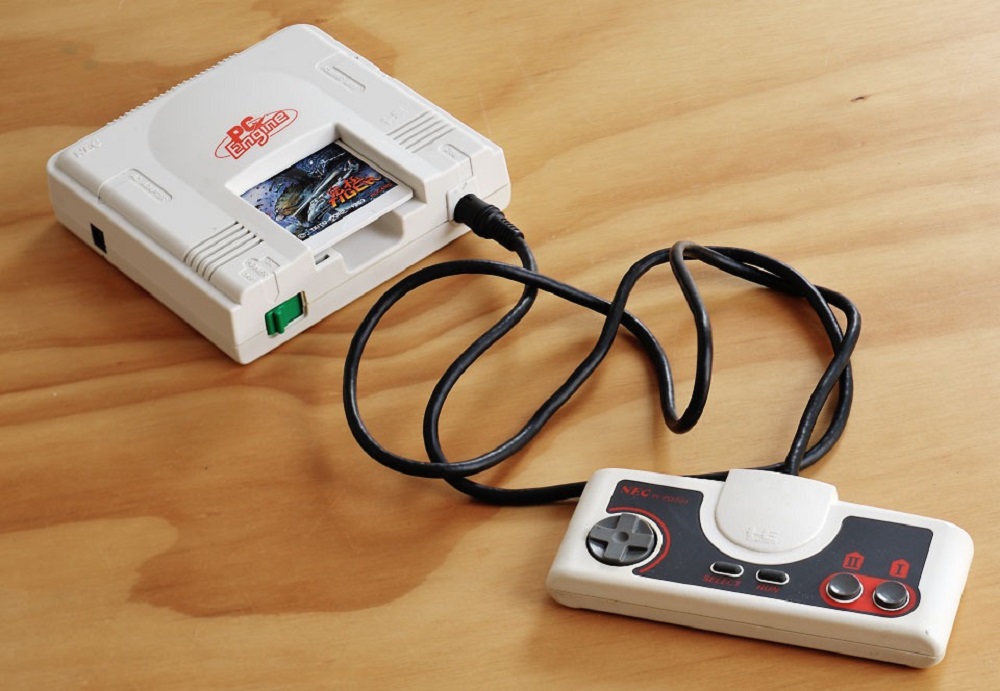
The PC Engine was developed by Hudson Soft and NEC in Japan, with the goal of rivaling Nintendo’s Famicom. Released in 1987, it stunned audiences with:
- Compact design (smaller than most competitors).
- HuCard format: thin credit card–sized cartridges.
- Advanced graphics chip, capable of colorful and detailed visuals.
In Japan, the PC Engine became a massive success, even outselling the Famicom at times. When it came time to enter the U.S. market, however, NEC made key changes that affected its fate.
TurboGrafx-16 Arrives in the U.S.
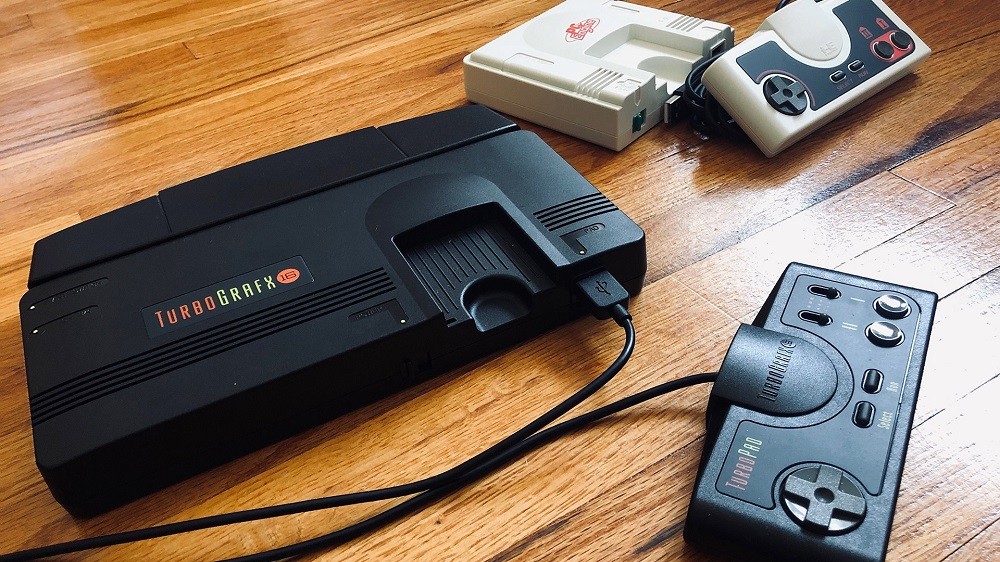
In 1989, NEC rebranded the console as the TurboGrafx-16, enlarging its design to appeal to American tastes.
- Marketing Misstep: Positioned awkwardly between 8-bit NES and the more powerful 16-bit Sega Genesis.
- Library Issue: Japanese hits weren’t localized quickly, leaving gaps in U.S. lineups.
- Perception Problem: Despite the “16” in its name, the CPU was an 8-bit chip paired with a 16-bit graphics processor, leading to debates about whether it was truly “16-bit.”
While Sega aggressively promoted “Genesis Does What Nintendon’t,” NEC’s marketing felt timid by comparison.
The Games: A Shooter’s Paradise
Despite its struggles, the TurboGrafx-16 built a legendary library, particularly for fans of shmups (shoot-’em-ups).
- Blazing Lazers – a vertical shooter masterpiece.
- R-Type – an arcade-perfect port that wowed fans.
- Bonk’s Adventure – the system’s mascot platformer, quirky and lovable.
- Ys Book I & II – RPG classics that showcased the console’s CD add-on.
- Splatterhouse – a violent beat-’em-up that gave the system an edgy reputation.
Compared to the Sega Genesis vs. SNES war, the TurboGrafx-16 lacked sheer quantity but excelled in quality, niche experiences.
HuCards and CD-ROM Add-Ons
One of the console’s greatest innovations was its CD-ROM² add-on (released in Japan in 1988, U.S. in 1990).
- First gaming system to use CDs for games.
- Allowed larger storage, voice acting, and enhanced music.
- Titles like Ys Book I & II and Lords of Thunder demonstrated its potential.
While Nintendo and Sega would later embrace CDs, NEC’s early adoption showed remarkable foresight. Unfortunately, the high cost limited its success in the West.
Marketing Struggles in North America
Why didn’t the TurboGrafx-16 succeed in the U.S.? Several reasons stand out:
- Weak Marketing: NEC’s campaigns lacked the bold personality of Sega or the family-friendly confidence of Nintendo.
- Limited Third-Party Support: Many Japanese hits never left Japan.
- Retail Competition: Nintendo had ironclad deals with retailers, making shelf space scarce.
- High Price Point: Especially with the CD add-on, costs outpaced consumer willingness.
The result: while the system thrived in Japan as the PC Engine, it languished as a niche console in North America.
TurboGrafx-16 vs. the Competition
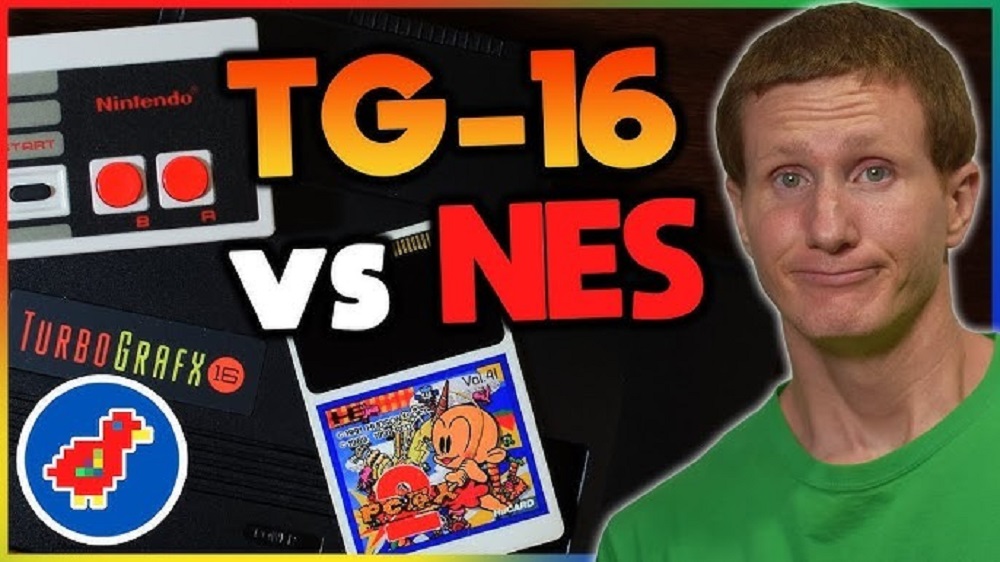
In the early 90s, the TurboGrafx-16 was squeezed between Nintendo and Sega.
- Against NES: Far superior technically, but too expensive to convince NES loyalists.
- Against Genesis: Sega positioned itself as the “cool” choice, overshadowing NEC.
- Against SNES: Nintendo’s first-party lineup made it impossible to keep up.
It’s a story similar to Atari’s struggles with the Atari Lynx handheld — advanced hardware that simply couldn’t overcome market realities.
Collector’s Appeal in 2025
Today, the TurboGrafx-16 has a dedicated fanbase among collectors.
- Original hardware and HuCards fetch high prices online.
- Rare titles like Magical Chase or Dracula X: Rondo of Blood are highly prized.
- The TurboGrafx-16 Mini (2020) introduced new audiences to its classic library.
Its niche status has made it even more appealing for retro enthusiasts who want something beyond the mainstream.
The TurboGrafx-16’s Legacy
Though overshadowed in the 90s, the TurboGrafx-16 left an important legacy:
- Proved CD-ROM gaming could work years before Sony and Sega embraced it.
- Popularized shoot-’em-ups, influencing arcade and console design.
- Cult classic appeal, reminding us that gaming history isn’t only about winners.
Just as we saw with Sega’s Dreamcast, consoles that failed commercially can still leave a lasting cultural footprint.
Why the TurboGrafx-16 Was the Underdog
The TurboGrafx-16 wasn’t forgotten because it lacked quality. It was forgotten because it lacked positioning. It didn’t define its identity strongly enough against Nintendo and Sega.
Yet, for those who owned one, it wasn’t an underdog — it was a treasure chest of colorful graphics, bold experiments, and unforgettable games.
Conclusion: Remembering the Underdog
The TurboGrafx-16 may not have won the console wars, but it remains one of the most fascinating systems of its time. It was ambitious, experimental, and packed with gems that deserve recognition.
In the story of retro gaming, the TurboGrafx-16 is a reminder that sometimes the underdogs push innovation forward, even if they don’t capture the crown.
